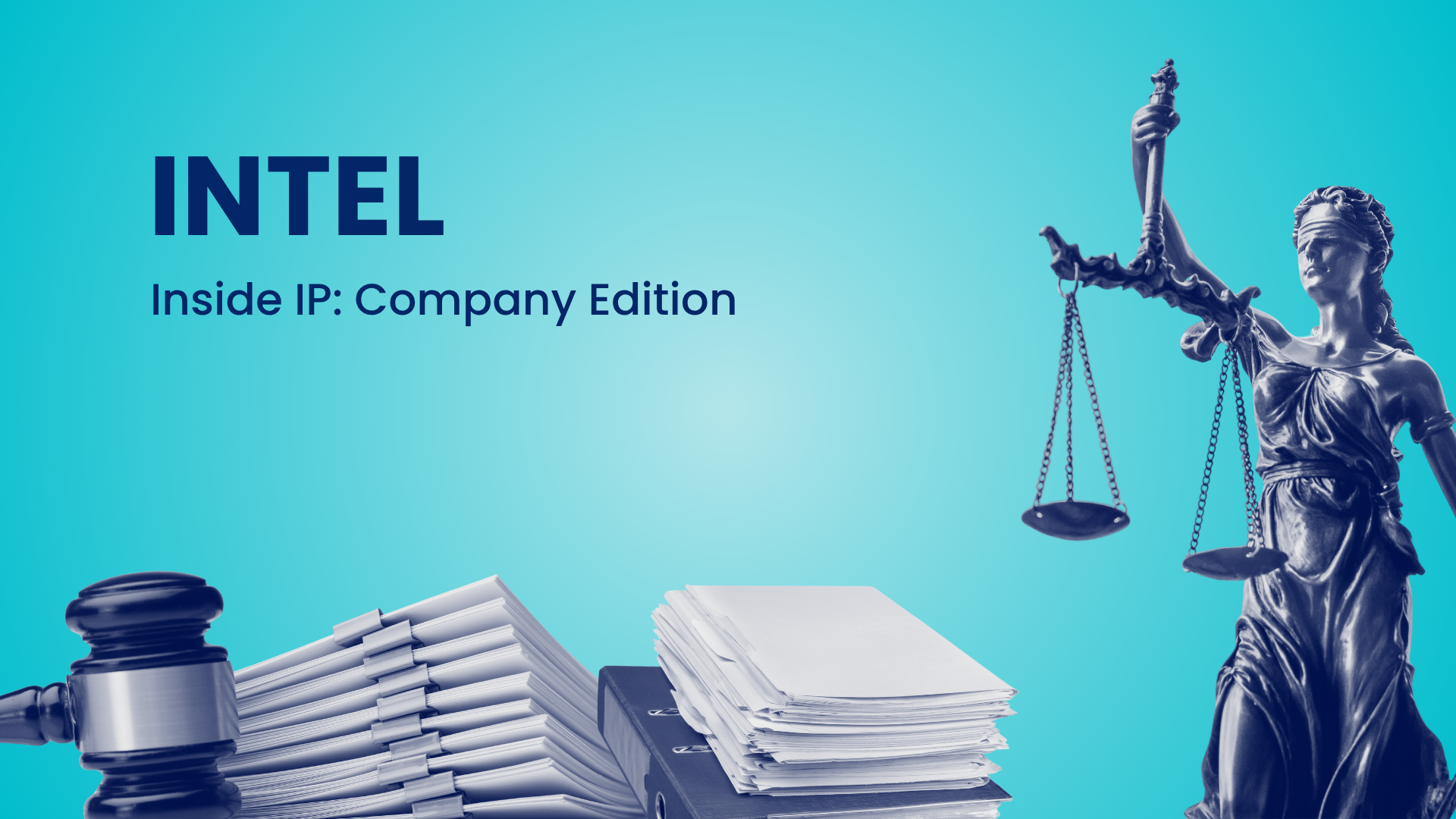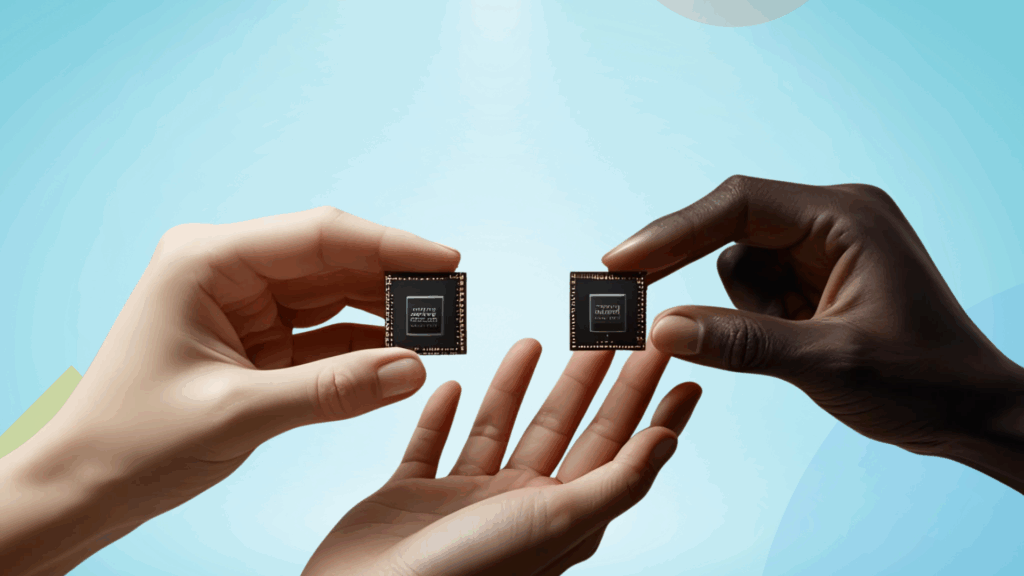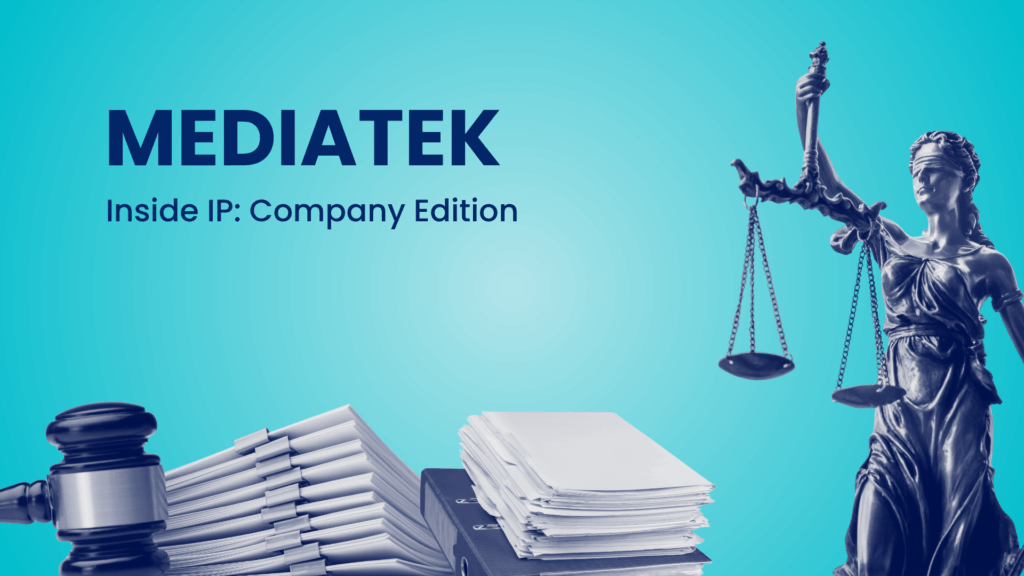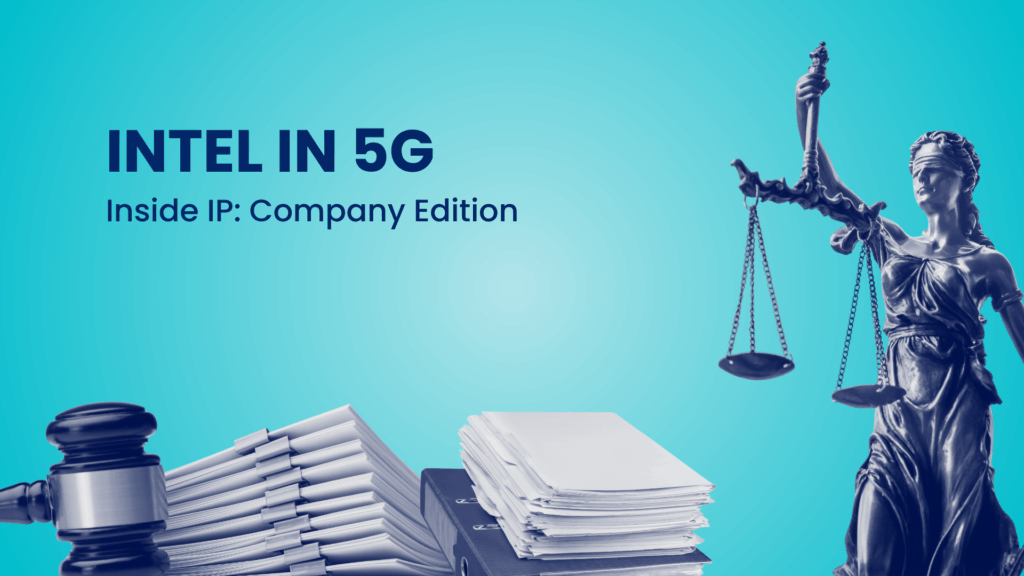Intel, a name synonymous with innovation in computing, has long shaped the digital landscape from its foundational role in microprocessors to its expanding influence in wireless communication and AI. In an industry defined by rapid technological advancement and fierce competition, intellectual property (IP) serves as the bedrock of market leadership and strategic resilience. Intel’s extensive patent portfolio is not merely a collection of inventions; it is a dynamic asset reflecting its strategic foresight, R&D intensity, and commitment to shaping future technological ecosystems. This analysis delves into how Intel meticulously manages its IP, navigates complex litigation landscapes, and strategically files patents to maintain its pioneering edge and influence industry trends.
Evolving Litigation Risks for Intel and Strategic IP Defense
The IP landscape for major technology companies like Intel is characterized by continuous vigilance, especially concerning patent litigation. Understanding the nature and origin of these challenges is crucial for developing robust defense strategies.
Litigation Trends: From NPEs to Operating Companies
Intel has consistently faced patent challenges, with Non-Practicing Entities (NPEs) representing the predominant source of litigation. Over the past decade, these entities have initiated the vast majority of cases against Intel, signaling a focus on patent monetization rather than direct market competition.
| Period | Total Cases | University | Operating Company | NPE |
|---|---|---|---|---|
| 2020 – 2024 | 28 | 0 | 0 | 28 |
| 2014 – 2019 | 44 | 0 | 1 | 43 |
Note: The sole operating company case in 2014-2019 was from R2 Semiconductor Inc.
This consistent pattern highlights Intel’s strategic imperative to maintain a strong defensive posture against assertive patent holders.
Insights from Inter Partes Review (IPR) Filings
Intel’s approach to challenging patents through administrative proceedings offers a glimpse into its strategic IP management. Between 2021 and 2024, Intel initiated a limited number of Inter Partes Reviews (IPRs), specifically three cases against patents held by Ericsson. These actions, notably, do not appear to be directly linked to defensive tactics in ongoing litigation, suggesting that Intel may leverage IPRs for broader strategic purposes, such as proactively clarifying the validity of patents in critical technology domains. The company engaged a team of attorneys, including Christie L. Larochelle, Filippos Papadatos, Lori Ann Gordon, and Sanjeet K. Dutta from Goodwin Procter LLP, for these proceedings.
Patent Litigation Case Outcomes as Defendant
Over a six-year period from 2018 to 2023, Intel was involved in a total of 42 patent litigation cases as a defendant. A significant majority of these—over 80%—were resolved through settlements or voluntary dismissals. This outcome underscores Intel’s strategic preference for efficiently mitigating risks, controlling litigation costs, and maintaining business stability rather than enduring lengthy court battles. The company also demonstrated its capacity for successful defenses in a notable percentage of cases, showcasing its ability to navigate complex legal challenges effectively.
Top Jurisdictions for Patent Litigation
Intel’s engagement in patent litigation is notably concentrated in specific venues. Of over 700 total patent cases, approximately 38% were filed at the Patent Trial and Appeal Board (PTAB). This high concentration at the PTAB indicates Intel’s active utilization of administrative proceedings to defend its patents or challenge the validity of those asserted against it, suggesting a strategic focus on the strength and integrity of its IP portfolio. In contrast, only about 7% of cases were filed in the Eastern District of Texas (EDTX), a jurisdiction known for its plaintiff-friendly environment. This relatively lower engagement in EDTX suggests Intel’s strategic preference for resolving disputes through administrative challenges at the PTAB.
Ramping Up Innovation and Patent Filings
Intel’s robust patent filing strategy is a testament to its continuous investment in R&D and its proactive approach to securing its technological advancements in highly competitive markets.
Key Patents with High Influence
The influence of a patent within its field can often be gauged by the number of times it is cited by subsequent patents. Intel’s portfolio includes several highly influential patents that have significantly impacted technological development. For instance, US11431561B2 stands out with over 800 citations, suggesting its foundational role in numerous subsequent innovations
- US11431561B2
- US11653292B2
These patents not only demonstrate Intel’s innovative prowess but also represent strong assets with potential for licensing and strategic partnerships.
Dominant Focus in Semiconductor and Wireless Communication Technologies
Intel’s patent filing efforts strategically align with critical areas of technological advancement, reflecting its core business and future growth initiatives. Analysis of its CPC (Cooperative Patent Classification) data from 2013-2023 reveals a strong focus on:
- Energy-efficient computing systems: Driving innovation to reduce power consumption while enhancing performance.
- Advanced semiconductor packaging techniques: Improving integration and chip performance through novel packaging.
- Wireless communication technologies: Developing enhancements for connectivity and data transmission.
- Thermal management and structural integrity of semiconductor devices: Ensuring device reliability and longevity.
- Specialized semiconductor components: Catering to high-performance computing applications.
These focus areas underscore Intel’s commitment to advancing the efficiency and capabilities of semiconductor and wireless communication technologies, positioning itself at the forefront of these crucial domains.
Strategic Prosecution in Key Art Units
Intel’s success in securing patent grants is also influenced by its strategic approach to patent prosecution. In the past three years, Intel has seen a substantial number of patents granted in Art Unit 2183, which maintains a high grant rate of nearly 80%. Within this unit, certain examiners demonstrate particularly high grant rates, such as Examiner Coleman, with a grant rate of 95%. Conversely, others like Examiner Huisman exhibit lower grant rates, around 53%. Such insights can guide Intel in optimizing its prosecution strategies, ensuring that patent applications are advanced efficiently and effectively, even when facing varied examination environments.
Intel’s Role in Shaping Wireless Standards
Intel is not just an innovator in its own right; it is also a significant contributor to the global standards that underpin modern connectivity, particularly in the Wi-Fi domain.
Active Participation in Wi-Fi Standards Development
Intel has maintained an active and influential role in the evolution of Wi-Fi standards. Its contributions are critical to shaping the architecture of next-generation wireless technologies.
- Wi-Fi 6 (IEEE 802.11ax): Intel’s contribution share was approximately 10.37%.
- Wi-Fi 7 (IEEE 802.11be): While Intel’s contribution share saw a slight decrease to about 9.73%, the company remains a leading contributor. Intel has made a substantial number of contributions, totaling 234, in areas such as multi-link operation and EHT Signaling and Format. The company also holds a significant number of patent families related to these critical Wi-Fi 7 features, positioning it as a key licensing option for companies entering this market.
- Wi-Fi 8 (IEEE 802.11bn): Intel is already actively contributing to the development of Wi-Fi 8, demonstrating its forward-looking strategy. As of May 2024, Intel has made 18 contributions to the IEEE 802.11bn Task Group, focusing on technologies like High Priority EDCA (HiP EDCA), Non-primary channel access (NPCA), and power saving. Top contributors like Dmitry Akhmetov and Po-Kai Hung, the latter of whom was also a top contributor to Wi-Fi 7, are spearheading these efforts.
Strategic Positioning in Wi-Fi Patent Ownership
Intel’s patent ownership strategy in Wi-Fi reflects its role as a key supplier of chips and components. The company has shown steady, incremental progress in increasing its patent share. For example, Intel’s patent share increased from approximately 7% in Wi-Fi 6 to nearly 10% in Wi-Fi 7. This steady upward trend reinforces Intel’s strategic focus on enabling high-performance Wi-Fi connectivity through its advanced silicon solutions.
Navigating Risks in the 5G Domain
Intel is a significant player in the 5G ecosystem, producing essential components like modems (e.g., XMM series), processors (e.g., Intel Atom P5900), and network infrastructure elements. With 5G-related products contributing a substantial portion of its annual revenue (estimated at 5-7% of its $63.1 billion total revenue in 2023), safeguarding this segment is paramount. Intel has encountered patent disputes in the 5G domain, notably with Qualcomm. These instances highlight the importance for Intel to continually expand its 5G patent portfolio and strengthen its licensing frameworks. Proactive portfolio expansion is key to mitigating potential legal challenges and securing its strategic position in this dynamic market.
Intel’s IP Talent and Global Footprint
The strength of an IP portfolio is intrinsically linked to the talent that generates it. Furthermore, a company’s global patent filing strategy reflects its market reach and commercial priorities.
Cultivating and Retaining Top Inventors
Intel’s leadership in Wi-Fi development is significantly propelled by its top-tier inventors. The company holds approximately 450 patent families related to Wi-Fi 6 (IEEE 802.11ax) out of a total of about 6,500 in the domain. Key inventors such as Qinghua Li, Laurent Cariou, Po-Kai Huang, Xiaogang Chen, and Chittabrata Ghosh have been instrumental in these innovations. While the IP landscape is dynamic, with some talent transitions observed (e.g., Xiaogang Chen to ZEKU technology/Spreadtrum and Chittabrata Ghosh to Meta/Apple), Intel’s continued pipeline of innovation underscores its robust R&D environment.
Global Patent Filing Trends
Intel’s patent portfolio demonstrates a globally diversified strategy, prioritizing protection in key innovation hubs and major markets worldwide.
| Jurisdiction | Patent Count | Insight |
|---|---|---|
| United States | ~80,000 | Dominant focus on its home market and a global center for semiconductor R&D. |
| Asia-Pacific (Total) | ~60,000 | Strategic emphasis on a fast-growing region for manufacturing, sales, and innovation. |
| China | ~20,000 | Significant share in the world’s largest electronics manufacturing hub. |
| Taiwan | ~10,000 | Strong presence in one of the most advanced semiconductor ecosystems. |
| Korea | ~5,000 | Recognition of South Korea as a key market for electronics and semiconductors. |
| European Patents (EPO) | ~25,000 | Focus on the diverse European market. |
| Germany | ~9,000 | Reinforces importance of a key economy within Europe. |
| United Kingdom | ~5,000 | Further strengthens presence in Europe. |
| WIPO (Global Patents) | ~20,000 | Emphasis on globally harmonized patent protection for multi-regional applications. |
| Other Emerging Markets | – | Smaller but growing presence in countries like Brazil (~1,000), India (~50), and Mexico (~100), indicating future expansion potential. |
The United States remains Intel’s primary jurisdiction for patent filings, reflecting its foundational market and R&D hub. However, the substantial presence across Asia-Pacific jurisdictions, particularly China and Taiwan, highlights Intel’s alignment with global manufacturing and burgeoning electronics markets. The significant number of WIPO filings further emphasizes Intel’s commitment to broad international protection for its innovations. As technology infrastructure expands globally, Intel may further diversify its patent portfolio into emerging markets in Southeast Asia, Latin America, and potentially Africa.
Conclusion
Intel’s intellectual property strategy is a sophisticated tapestry woven from proactive patent filings, astute litigation management, and deep engagement in global standard-setting. The company’s continued dominance in semiconductor and wireless communication technologies is firmly underpinned by its robust IP portfolio, strategically developed to anticipate market needs and defend against competitive challenges.
By consistently innovating in core areas, actively shaping industry standards, and meticulously managing its global patent footprint, Intel not only safeguards its current market position but also lays a strong foundation for future technological advancements and sustained leadership in a rapidly evolving digital world.
Want regular updates on how your competitors are using patents to gain an edge?
Subscribe to our Inside IP newsletter for insights into patent filings, litigation shifts, licensing opportunities, and strategy breakdowns across tech and innovation-driven sectors.
Track your Competitors’ IP Strategy
Subscribe for Updates





